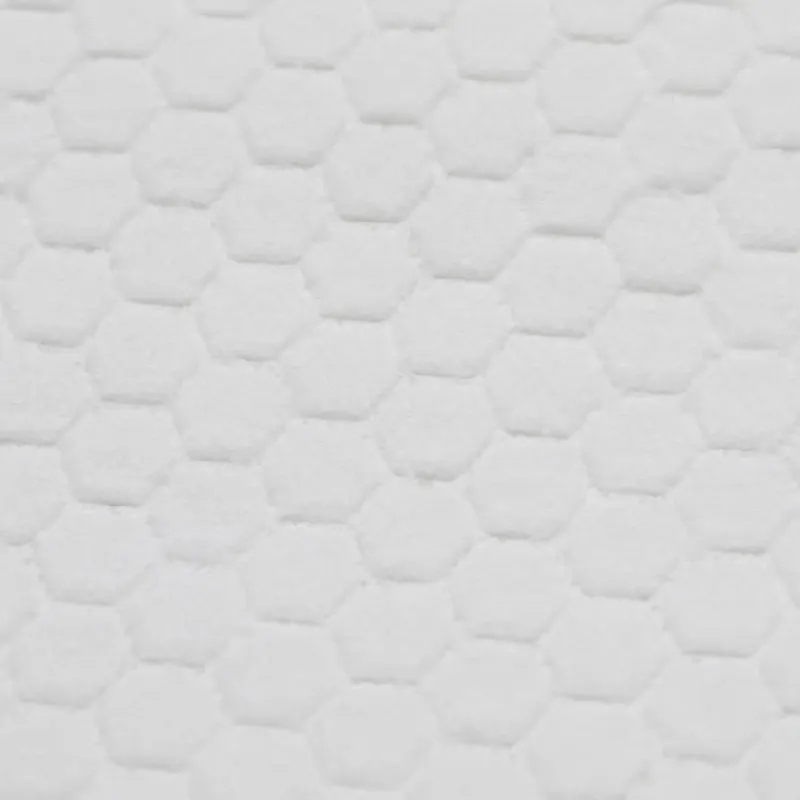
- Afrikaans
- Arabic
- Belarusian
- Bengali
- Czech
- Danish
- Dutch
- English
- Esperanto
- Estonian
- Finnish
- French
- German
- Greek
- Hindi
- Hungarian
- Icelandic
- Indonesian
- irish
- Italian
- Japanese
- kazakh
- Rwandese
- Korean
- Kyrgyz
- Lao
- Latin
- Latvian
- Malay
- Mongolian
- Myanmar
- Norwegian
- Persian
- Polish
- Portuguese
- Romanian
- Russian
- Serbian
- Spanish
- Swedish
- Tagalog
- Tajik
- Thai
- Turkish
- Turkmen
- Ukrainian
- Urdu
- Uighur
- Uzbek
- Vietnamese
Understanding the Impact of Artificial Grass on Dogs and Heat Management
Oct . 22, 2024 00:23 Back to list
Artificial Grass and Dogs Managing Heat and Comfort
In recent years, artificial grass has gained immense popularity among pet owners, particularly those with dogs. The convenience of synthetic turf in terms of maintenance and durability is appealing, but as summer temperatures soar, concerns regarding heat retention and comfort for our furry friends become paramount. This article explores the interaction between artificial grass, heat, and dogs, providing insights on how to keep your pets comfortable and safe.
Understanding Artificial Grass
Artificial grass, or synthetic turf, is made from synthetic fibers designed to resemble natural grass. It was originally developed for sports fields but has since found a place in residential yards, parks, and even dog parks. The benefits include low maintenance, no need for watering, and resistance to wear and tear. However, one of the biggest criticisms of artificial grass is its heat retention. During hot summer months, synthetic surfaces can absorb and radiate heat, potentially creating a risky environment for dogs who prefer to play and rest outdoors.
The Heat Factor
As the sun beats down on artificial grass, temperatures can rise significantly. Studies have shown that synthetic turf can become substantially hotter than natural grass, with surface temperatures reaching 30 to 50 degrees Fahrenheit higher. For instance, while natural grass may be around 70 degrees Fahrenheit on a sunny day, artificial grass can easily reach 100 degrees or more. This raises concern for pet owners, as prolonged exposure to such high temperatures can lead to heat stress, paw pad burns, or even heatstroke in dogs.
Tips for Keeping Dogs Comfortable
1. Choose the Right Type of Artificial Grass Not all synthetic grasses are created equal. Some brands offer cooler turf options featuring heat-reflective technology or infill materials designed to minimize heat absorption. Research and select a product that prioritizes pet comfort, and if possible, opt for lighter-colored options that reflect sunlight.
artificial grass and dogs heat

2. Provide Shade Installing shade structures in your yard can significantly lower the temperature of any outdoor space, including areas with artificial grass. Consider gazebos, umbrellas, or planting trees that provide natural shade. This creates a cooler environment for your dog to enjoy even during the hottest days.
3. Hydration is Key Always ensure your dog has easy access to fresh water, especially when playing outside. Hydration can mitigate the effects of heat and keep your dog cool. Consider placing a water bowl in shaded areas to encourage your pet to hydrate frequently.
4. Limit Exercise During Peak Heat Plan your dog's outdoor activities during cooler times of the day, such as early mornings or late evenings. Avoid strenuous exercises when temperatures are at their highest. During extreme heat events, consider providing more indoor playtime or exploring safer indoor exercise options.
5. Cooling Products There are a variety of products available to help keep dogs cool. Cooling vests, mats, and bandanas are designed to help regulate body temperature. Using these tools can be especially beneficial when your dog will be spending time on artificial grass.
6. Regular Monitoring Always observe your dog for any signs of overheating, such as excessive panting, drooling, or weakness. Pay close attention to their behavior, and if you notice any concerning signs, take immediate action by moving them to a cooler environment and providing water.
7. Footpad Protection The heat can make artificial grass and the ground beneath it incredibly hot and uncomfortable for your dog's paws. To prevent burns, consider putting booties on your dog or regularly checking their paw pads for signs of damage after playing outside.
Conclusion
Artificial grass offers numerous conveniences for dog owners, but pet safety should always be a priority. By understanding the potential heat issues associated with synthetic turf and implementing effective strategies to manage them, pet owners can create a safe and enjoyable outdoor environment for their dogs. With proper care and consideration, artificial grass can coexist harmoniously with our beloved pets, allowing them the freedom to play and relax outdoors while embracing the benefits of this modern landscaping solution.
-
The Benefits of Artificial Turf for Indoors
NewsJul.15,2025
-
How Artificial Grass Suppliers Ensure Quality Products
NewsJul.15,2025
-
Artificial Grass and Pets: A Space for Relaxation
NewsJul.08,2025
-
Balcony & Outdoor Decoration with Artificial Grass
NewsJul.08,2025
-
Best Indoor Artificial Grass for Home
NewsJul.07,2025
-
Best Pet Turf for Dogs: Safe & Durable Artificial Grass Options
NewsJul.07,2025
Products categories









